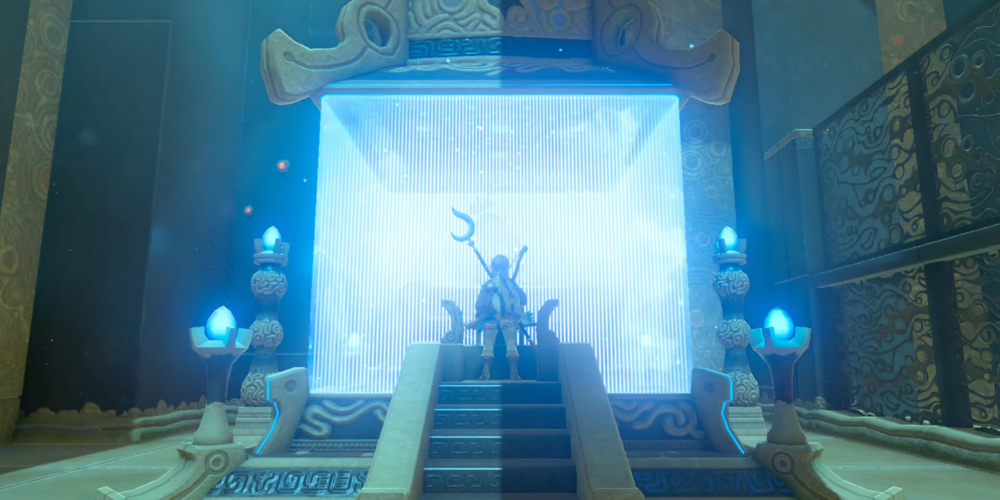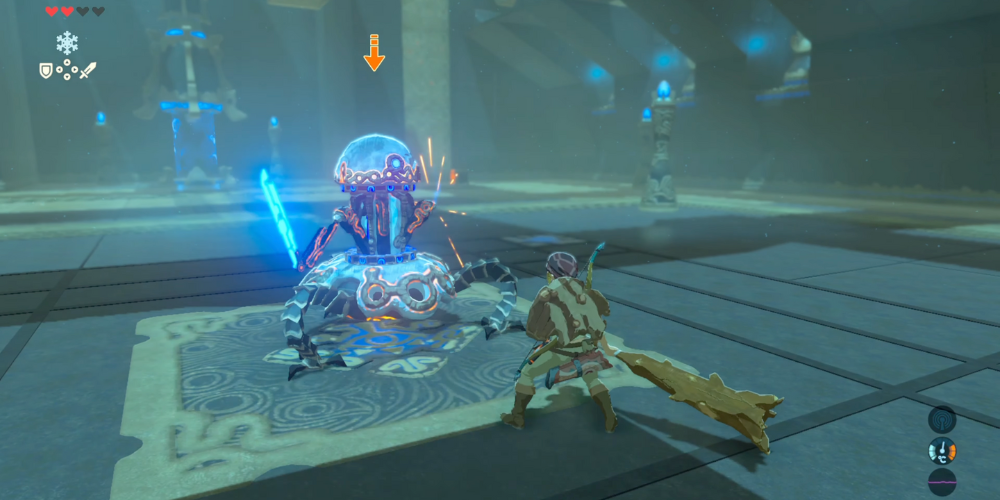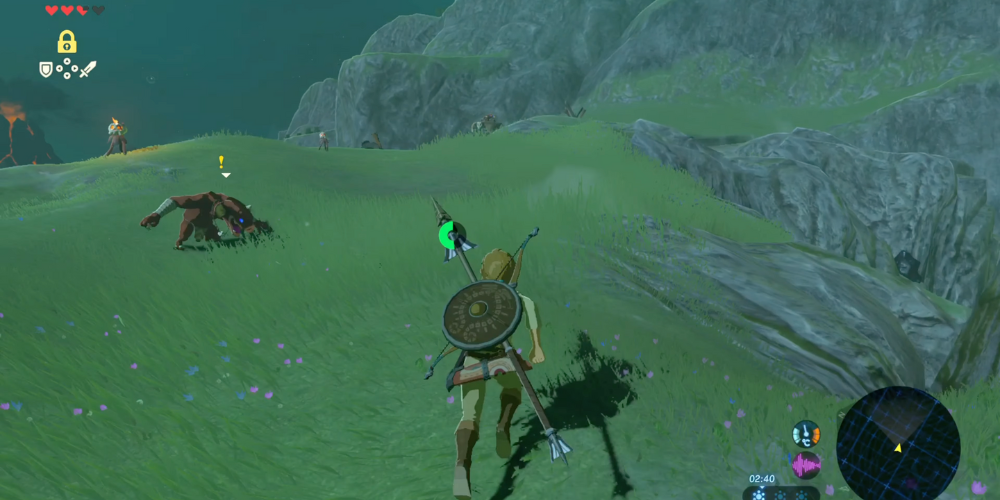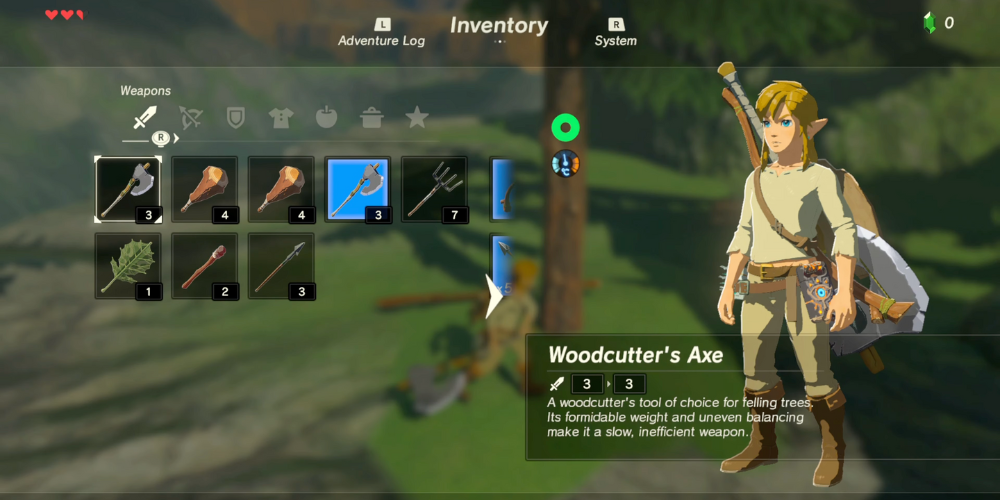The Evolution of Link: Tracing the Hero's Journey Through The Legend of Zelda Series

From his pixelated inception in 1986 to his latest adventure in the vast lands of Hyrule, Link, the emblematic protagonist of The Legend of Zelda series, has captured the hearts and imaginations of gamers worldwide. The evolution of Link is not just a testament to advances in gaming technology but also a fascinating narrative of a character that has become synonymous with courage, resilience, and the eternal fight against the forces of darkness. This article traces Link's journey across the epochs of gaming, highlighting how each installment in the series has contributed to the lore, gameplay, and unmistakable identity of this timeless hero.
1986–1991: The Pixelated Pioneer
The Legend of Zelda (1986) introduced players to Link, a brave young boy in green, tasked with rescuing Princess Zelda and battling the malevolent Ganon to save the land of Hyrule. This top-down adventure game on the NES was revolutionary, offering open-world exploration and puzzle-solving that set a blueprint for future action-adventure games. Link's 8-bit debut was modest in appearance but vast in ambition, laying the foundational mythology of the Triforce and establishing Link's core characteristics of heroism and silence, allowing players to project themselves onto him.
1991–1998: A Link to the Past and Ocarina of Time
The release of A Link to the Past (1991) on the SNES deepened the lore of Hyrule and refined the series' gameplay with a more intricate narrative and improved mechanics. This installment introduced the concept of dual worlds, enhancing the complexity of its puzzles and exploration. Link's character was given more depth, with a personal story that connected him directly to the royal family of Hyrule.

The leap to 3D in Ocarina of Time (1998) for the Nintendo 64 was a landmark moment not just for the series but for gaming as a whole. Link's transition to a three-dimensional world was accompanied by an epic tale that spanned time itself. This installment explored themes of growth and maturity, as players guided Link from childhood to adulthood, gaining skills and wisdom along the journey. The introduction of Z-targeting revolutionized combat, making engagements more dynamic and immersive. Through these adventures, Link's character was shaped by his interactions with a rich cast of characters, setting a high bar for narrative depth in video games.
2000–2011: Experimentation and Expansion
The start of the new millennium saw Nintendo experimenting with Link's image and the series' formula. Majora's Mask (2000), using the same engine as Ocarina of Time, presented a darker, more surreal adventure. Set in the doomed land of Termina, Link faced a time-restricted quest to prevent a cataclysm, dealing with themes of grief, loss, and perseverance. This game showcased a deeper emotional range for Link, who displayed a determined resilience in the face of impending doom.

The Wind Waker (2002) introduced a cel-shaded, cartoonish art style for Link, a departure that initially divided fans but has since become beloved. Set on a vast ocean, this installment highlighted Link's adaptability and the series' openness to reinvention. The expressive, animated Link brought a new level of emotional connection, while the sailing and exploration mechanics broadened the scope of the adventure.
Twilight Princess (2006) and Skyward Sword (2011) returned to a more realistic graphical style and refined the series' combat and narrative elements. Twilight Princess presented a more mature and skilled version of Link, who could transform into a wolf, offering unique gameplay mechanics and a deeper exploration of Hyrule's dark undercurrents. Skyward Sword, meanwhile, delved into the origins of Link and Zelda's connection and introduced motion-control sword fighting, further immersing players in Link's role as Hyrule's protector.
2017: Breath of the Wild and The Open-Air Adventure
The Legend of Zelda: Breath of the Wild (2017) was a groundbreaking release for the Nintendo Switch, revolutionizing the series with its open-air concept that allowed unparalleled freedom in exploration and approach to quests. In this iteration, Link awakens from a long slumber to a Hyrule ravaged by Calamity Ganon, with little memory of his past. This vulnerable, amnesiac Link provided a fresh perspective on courage as players rediscovered Hyrule's history and Link's role in it. The game's vast world, dynamic weather system, and intricate physics engine offered a sandbox of opportunities for creativity and exploration, redefining what a Zelda game could be.
The Future: Sequels and Speculation

With the announcement and development of a sequel to Breath of the Wild, fans eagerly anticipate how Link's journey will continue to evolve. The teaser trailers have sparked widespread speculation, showing Link and Zelda exploring ancient caverns and hinting at new abilities and darker themes. This next chapter promises to further expand on the lore of Hyrule and the character of Link, potentially delving into aspects of his heritage, his unwavering spirit, and his destiny.
Conclusion
Link's evolution from a pixelated protagonist in an 8-bit world to the versatile hero of a vast, breathing 3D Hyrule is a journey that mirrors the evolution of gaming itself. Each installment in The Legend of Zelda series has deepened the complexity of its hero. Link's silent resilience, his willingness to confront formidable challenges, and his growth through the ages serve as a canvas for players to project their own adventures upon. As the series continues to expand, one thing remains certain: Link's journey is far from over, and his legend will continue to inspire for generations to come.







